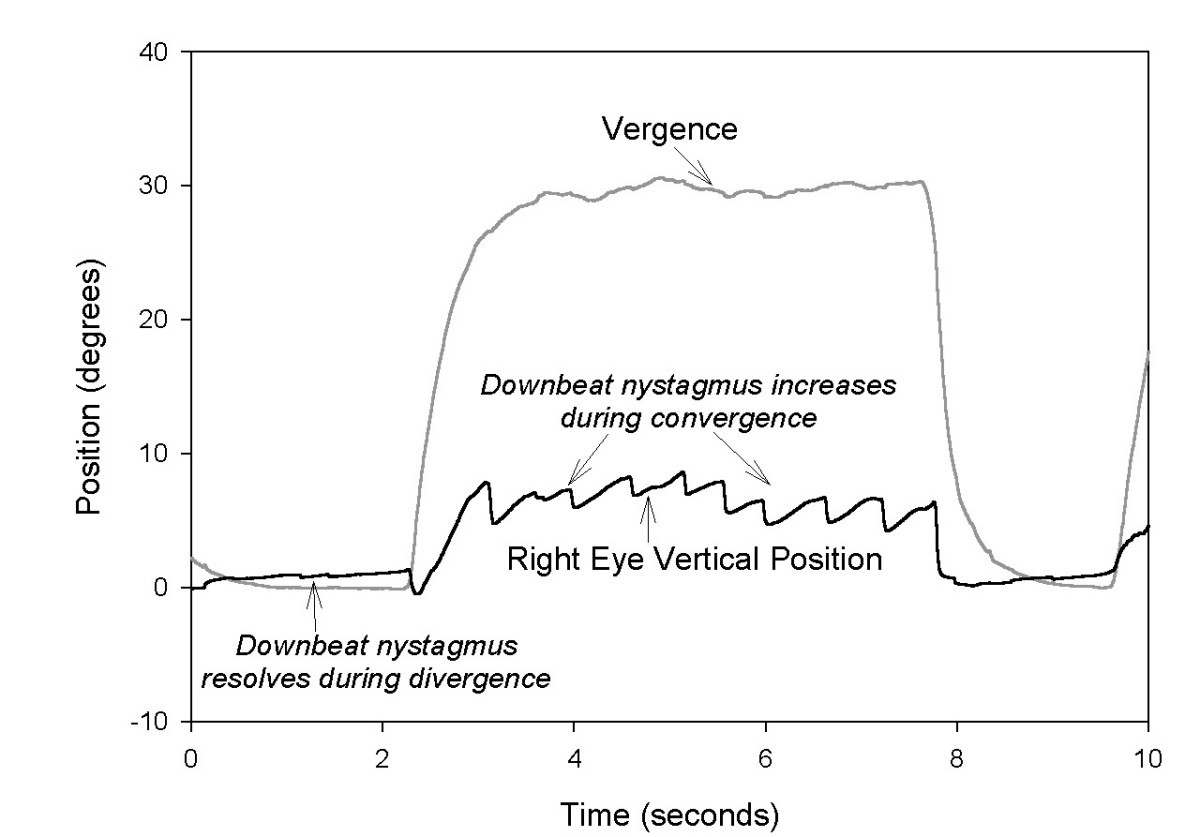Occasional Nystagmus
Nystagmus is a term to describe fast, uncontrollable movements of the eyes that may be:
Nystagmus is a condition of uncontrolled eye movement. If you have nystagmus, your eyes move or “wobble” constantly. This can be in a side to side, an up and down, or a.
My 9 year old devon rex had occasional nystagmus when he was younger, especially when he was stressed. (He is of a nervous disposition). I have now suddenly noticed ongoing nystagmus which is making it difficult for him to hold his head still. Nystagmus is an eye condition characterized by rapid, jerking eye movements. It does not always cause any noticeable symptoms, but it can be associated with issues such as dizziness and vision problems. A number of different neurological illnesses can cause nystagmus. Nystagmus is the most common issue causing visual impairment in children, and it affects approximately 1 in 1,000 people.Certain types are more common in one sex over the other, but both men and women can be affected. The differential diagnosis for transient nystagmus includes many known conditions, one of which is nystagmus associat-ed with strabismus (latent nystagmus, or manifest latent nys-tagmus). The possibility arises that some of the participants in this series actually had sustained but variable nystagmus.
- Side to side (horizontal nystagmus)
- Up and down (vertical nystagmus)
- Rotary (rotary or torsional nystagmus)
Depending on the cause, these movements may be in both eyes or in just one eye.
Nystagmus can affect vision, balance, and coordination.
The involuntary eye movements of nystagmus are caused by abnormal function in the areas of the brain that control eye movements. The part of the inner ear that senses movement and position (the labyrinth) helps control eye movements.
There are two forms of nystagmus:
- Infantile nystagmus syndrome (INS) is present at birth (congenital).
- Acquired nystagmus develops later in life because of a disease or injury.
NYSTAGMUS THAT IS PRESENT AT BIRTH (infantile nystagmus syndrome, or INS)
INS is usually mild. It does not become more severe, and it is not related to any other disorder.
People with this condition are usually not aware of the eye movements, but other people may see them. If the movements are large, sharpness of vision (visual acuity) may be less than 20/20. Surgery may improve vision.
Causes Of Vertical Gaze Nystagmus

Nystagmus may be caused by congenital diseases of the eye. Although this is rare, an eye doctor (ophthalmologist) should evaluate any child with nystagmus to check for eye disease.
ACQUIRED NYSTAGMUS
The most common cause of acquired nystagmus is certain drugs or medicines. Phenytoin (Dilantin) - an antiseizure medicine, excessive alcohol, or any sedating medicine can impair the labyrinth's function.
Other causes include:
- Head injury from motor vehicle accidents
- Inner ear disorders such as labyrinthitis or Meniere disease
- Thiamine or vitamin B12 deficiency
Any disease of the brain, such as multiple sclerosis or brain tumors, can cause nystagmus if the areas controlling eye movements are damaged.
Occasional Nystagmus Causes
You may need to make changes in the home to help with dizziness, visual problems, or nervous system disorders.
Call your health care provider if you have symptoms of nystagmus or think you might have this condition.

Your provider will take a careful history and perform a thorough physical examination, focusing on the nervous system and inner ear. The provider may ask you to wear a pair of goggles that magnify your eyes for part of the examination.
To check for nystagmus, the provider may use the following procedure:
- You spin around for about 30 seconds, stop, and try to stare at an object.
- Your eyes will first move slowly in one direction, then will move quickly in the opposite direction.
If you have nystagmus due to a medical condition, these eye movements will depend on the cause.
You may have the following tests:
- CT scan of the head
- Electro-oculography: An electrical method of measuring eye movements using tiny electrodes
- Vestibular testing by recording the movements of the eyes
There is no treatment for most cases of congenital nystagmus. Treatment for acquired nystagmus depends on the cause. In some cases, nystagmus cannot be reversed. In cases due to medicines or infection, the nystagmus usually goes away after the cause has gotten better.
Some treatments may help improve the visual function of people with infantile nystagmus syndrome:
- Prisms
- Surgery such as tenotomy
- Drug therapies for infantile nystagmus
Back and forth eye movements; Involuntary eye movements; Rapid eye movements from side to side; Uncontrolled eye movements; Eye movements - uncontrollable
Lavin PJM. Neuro-ophthalmology: ocular motor system. In: Daroff RB, Jankovic J, Mazziotta JC, Pomeroy SL, eds. Bradley's Neurology in Clinical Practice. 7th ed. Philadelphia, PA: Elsevier; 2016:chap 44.
Proudlock FA, Gottlob I. Nystagmus in childhood. In: Lambert SR, Lyons CJ, eds. Taylor and Hoyt's Pediatric Ophthalmology and Strabismus. 5th ed. Philadelphia, PA: Elsevier; 2017:chap 89.
Nystagmus And Vertigo
Quiros PA, Chang MY. Nyastagmus, saccadic intrusions, and oscillations. In: Yanoff M, Duker JS, eds. Ophthalmology. 5th ed. Philadelphia, PA: Elsevier; 2019:chap 9.19.
Updated by: Alireza Minagar, MD, MBA, Professor, Department of Neurology, LSU Health Sciences Center, Shreveport, LA. Also reviewed by David Zieve, MD, MHA, Medical Director, Brenda Conaway, Editorial Director, and the A.D.A.M. Editorial team.